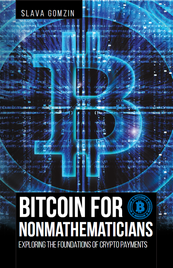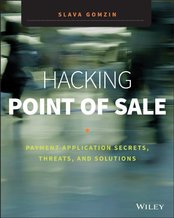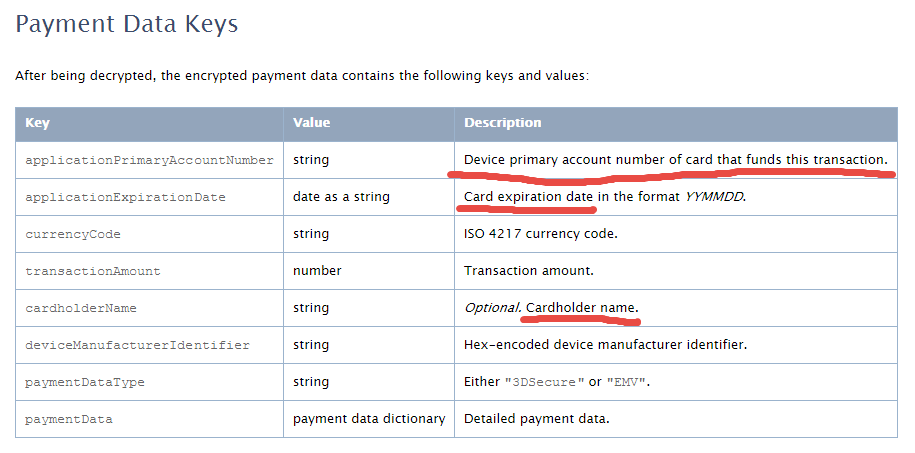Today, travel industry giant Sabre Corp. disclosed what could be a significant breach of payment and customer data tied to bookings processed through a reservations system that serves more than 32,000 hotels and other lodging establishments.
|
Just another card data breach.
Today, travel industry giant Sabre Corp. disclosed what could be a significant breach of payment and customer data tied to bookings processed through a reservations system that serves more than 32,000 hotels and other lodging establishments.
0 Comments
Another brick in the wall...
Video game giant GameStop Corp. [NSYE: GME] says it is investigating reports that hackers may have siphoned credit card and customer data from its website — gamestop.com. The company acknowledged the investigation after being contacted by KrebsOnSecurity. “GameStop recently received notification from a third party that it believed payment card data from cards used on the GameStop.com website was being offered for sale on a website,” a company spokesman wrote in response to questions from this author. “That day a leading security firm was engaged to investigate these claims. Gamestop has and will continue to work non-stop to address this report and take appropriate measures to eradicate any issue that may be identified,” the company’s statement continued.
Finally, PCI DS Council noticed that two factor authentication could resolve a lot of security problems and prevent a lot of breaches.
It did not take too long before another card data breach occurred, this time at Kmart.
The security experts report that beginning in early September, the payment data systems at Kmart stores were purposely infected with a new form of malware (similar to a computer virus). This resulted in debit and credit card numbers being compromised. My first take on Apple Pay security in this article published by VentureBeat. Apple Pay is looking pretty attractive so far from a security perspective. But it’s tokens could be cause for concern... The phrase "devalue the data" was used several times by new PCI SSC General Manager Steve Orfei in his keynote today during the PCI Community meeting in Orlando. I like the term - data devaluation - and that's obviously the right direction. It means that payment transaction data, even if intercepted and stolen by hackers, cannot be useful for processing new transactions. In payment card industry it can be achieved by using different technologies and their combinations: EMV, P2PE, and Tokenization. But it took the payment industry several decades to realize that the data must be devalued, and it will take many more years to fully implement such devaluation. Unlike PCI, Bitcoin and other crypto currencies are designed in a way that transaction data has not value by definition. So is it worth making efforts and trying to patch the old technologies in order to achieve the same level of security that new technologies already provide out of the box? Recent card data breaches at Supervalu and Albertsons retail chains are just the latest in a long series of high-scale security incidents hitting large retailers such as Target, Neiman-Marcus, Michael’s, Sally Beauty, and P.F. Chang’s. These breaches are raising a lot of questions, one of the most important of which is: Are we going to see more of these? The short answer is yes; in the foreseeable future we will continue to see more breaches. Here’s why: 1. PCI DSS (Payment Card Industry Data Security Standard) is failing to protect merchants from security breaches. The original idea behind PCI DSS, which was created 10 years ago, was that the more merchants we have that are PCI compliant, the fewer breaches we’ll see. The statistics shows the exact opposite trend: Most merchants who recently experienced card data breaches are PCI DSS compliant. The problem is that, in the 10 years since PCI DSS debuted, the standard hasn’t evolved to address the real threats, while hackers, who have already learned all the point-of-sale vulnerabilities, have been constantly working to enhance their malware. 2. Merchants and service providers are still not widely implementing P2PE (Point-to-point Encryption) technology, which is the only realistic way to address the payment card security problem. Despite the strong support for P2PE from the payment security community, only four solution providers are certified with the PCI P2PE standard, and at least two of them are located in Europe. The problem with P2PE is that it is very complex and expensive and requires very extensive software and hardware changes at all points of transactions processing — from the POS (point-of-sale) in the store to the back-end servers in the data center. 3. Retailers introduce new payment hardware, including tablets and smartphones, that are neither designed nor tested for security issues they face in the hazardous retail store environment. PCI DSS does not address directly any mobile security issues. 4. Updates and new features to POS and payment software open up new risks. Merchants want more features in their software in order to stay competitive. POS software vendors provide those features atop of existing functionality by supplying endless patches. The complexity builds up, extending the areas of exposure, and security risks grow accordingly. Those risks are not necessarily mitigated by continuously updated software. 5. Vulnerable operating systems make it easier for hackers to penetrate a network and install malware. Most POS systems are running on Windows OS, and some retailers are still using Windows XP, which Microsoft has not supported since April 8, 2014. We don’t know how many “zero-day” vulnerabilities are out there, but we know for sure that those vulnerabilities, even if they are discovered and published, will never be fixed. 6. The traces of many card data breaches often lead to Russia. While the main motivation for all of these attacks is probably still financial, the modern Russian anti-Americanism also encourages Russian hackers to attack U.S.-based merchants more as an act of patriotism rather than a crime. This is a new reality that is different from what we had just a few years ago. 7. Finally, EMV technology, which is supposed to “save” the payment card industry, is not a silver bullet solution. Although this is a topic for full separate article, let’s at least just briefly review the EMV problems and see why it’s not going to bring a total relief. ● Even if the U.S. starts to transition to EMV immediately, it may take a few years until the majority of credit cards are chip cards. During this interim period and even beyond that, merchants will continue accepting the regular magnetic stripe cards, so they will be still vulnerable to existing attack vectors. ● EMV does not protect online transactions: You still need to manually key in the account number when shopping online. Online transactions will be still vulnerable even after full EMV adoption, and for many retailers ecommerce is a constantly growing sector. ● Although EMV is more secure than magnetic stripe technology, there are a lot of vulnerabilities in EMV, and many of them are still undiscovered, or their exploits are not yet well developed. Today, when there are so many U.S. merchants accepting magnetic stripe cards, hackers aren’t bothering to research EMV security issues. But once the EMV transition is done in the U.S., the global focus of attacks will shift away from magnetic stripe cards to EMV and ecommerce. This new breach is called "possible" because Dairy Queen company still has no idea whether in fact there is ongoing breach or not (at least, that's what they publicly state). Like in many other cases, including Target breach, DQ were notified by third party person or organization about fraudulent activities with the cards that were recently used for purchase in their stores. We, like many other companies, were recently notified that customer data at a limited number of stores may be at risk This card data breach at small local pizza restaurant chain demonstrates that SMB (Small and Medium Businesses) are also under attack -- not just big guys like Target or UPS. It makes sense because it is even more difficult for SMB to follow the PCI DSS' 399 requirements in reality - not just on paper to put "V" for the auditors. In fact, small businesses often don't even go through the full assessment process by QSA (third party security auditors) - they just literally put "V"s by doing the "self assessment questionnaire". This is the key phrase in the original post about this and many other card data breaches: Although our stores are fully compliant with the latest Payment Card Industry (PCI) security standards, computer hackers managed to infect some of our credit card terminals with so-called “malware” (malicious software) that allowed them to collect credit card numbers registered on our system. I gave this interview to Graeme Burton at Computing magazine titled "Retail malware: PCI-DSS is part of the problem". |
Books
 Crypto Basics Crypto Basics
 Bitcoin for Nonmathematicians: Exploring the Foundations of Crypto Payments Bitcoin for Nonmathematicians: Exploring the Foundations of Crypto Payments
 Hacking Point of Sale: Payment Application Secrets, Threats, and Solutions Hacking Point of Sale: Payment Application Secrets, Threats, and Solutions
Recent Posts
Categories
All
Archives
March 2023
|





 RSS Feed
RSS Feed
